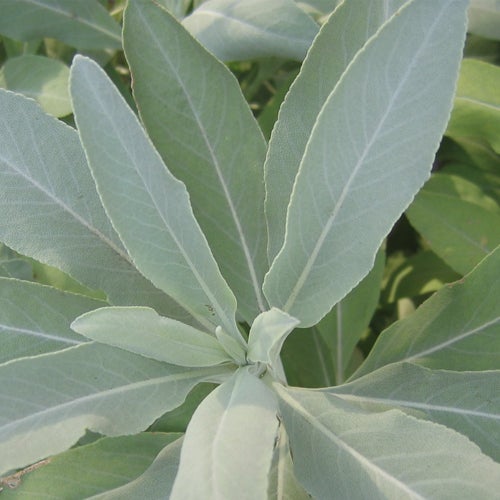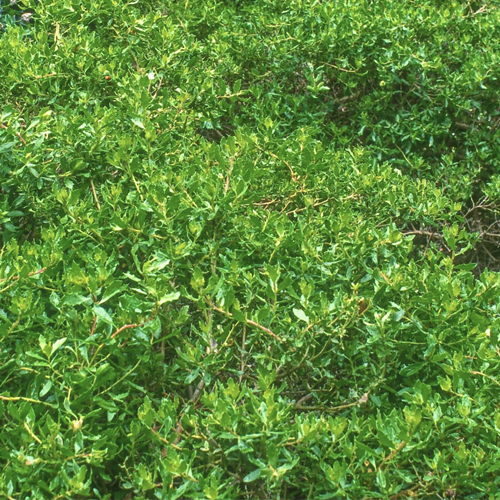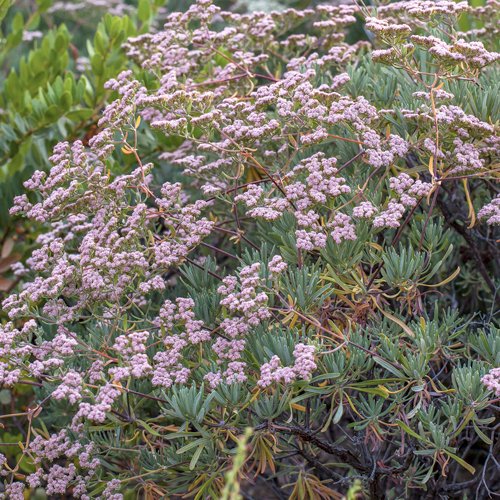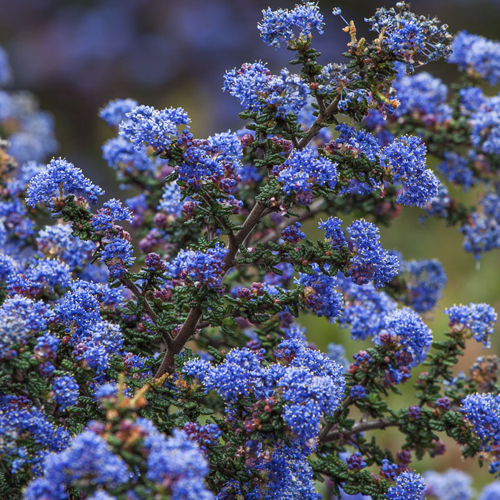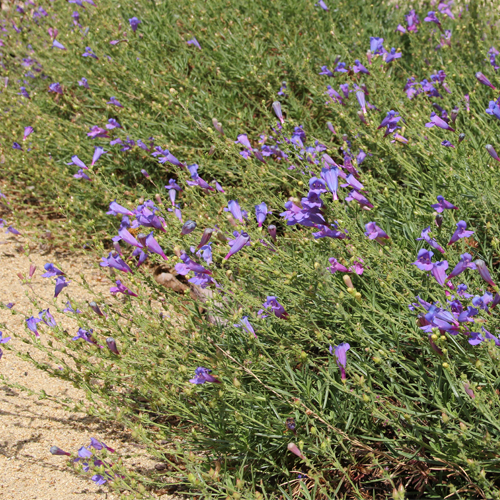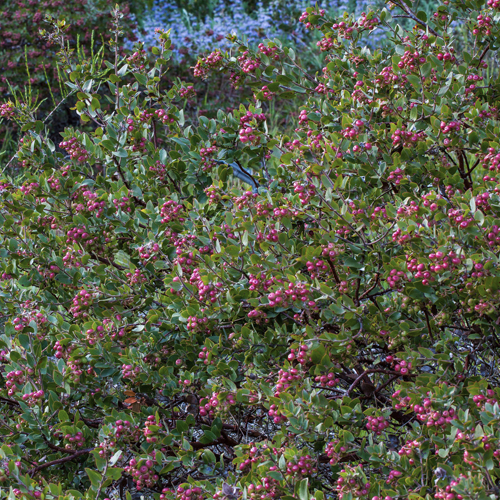A Collector’s Garden of Native Plants
BACK TO FULL TOUR
Garden Features
Drought Tolerant
California Natives
Deer Resistant
Drip Irrigation
Sheet Mulching
Smart Irrigation Controller
Lawn Conversion
Lawn-Free Landscaping
Permeable Surfaces
Wildlife Habitat
Partner: 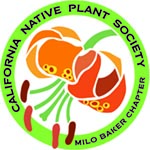
This garden in Rincon Valley has been transformed into a pollinator haven. The front and back gardens were sheet mulched 3 years ago. Most non-native plants have been removed and natives added. Almost all are low or very low water use. Plants were drip irrigated for the first 3 years during dry season. The older bushes and trees require no water unless we are in drought years.
The annual wildflowers appear each year where there is bare ground. Seeds come from previous year’s plants and seed mixes – so each Spring brings beautiful surprises. Some perennials like California Fuchsia and Hummingbird Sage have spread to large areas.
The plants and feeders attract many birds, butterflies, and Western Fence lizards. The garden borders Ducker Creek which has large trees that were planted about 40 years ago including Redwood, Coast Live Oak, Valley Oak, and a Madrone.
Special Events

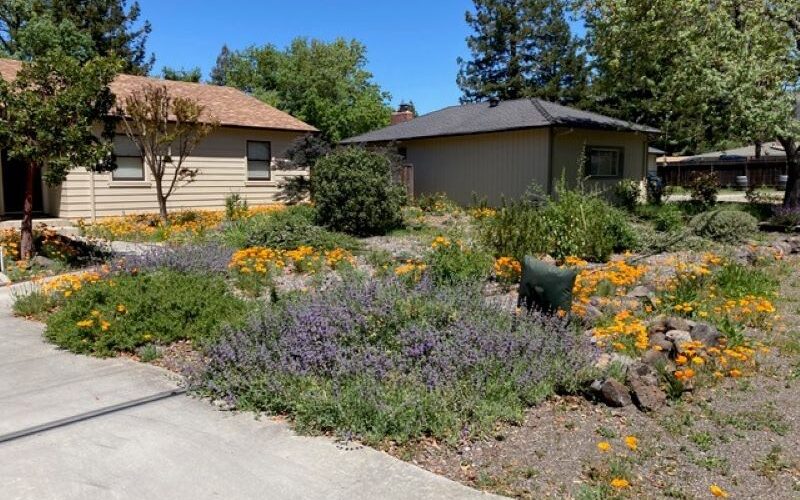


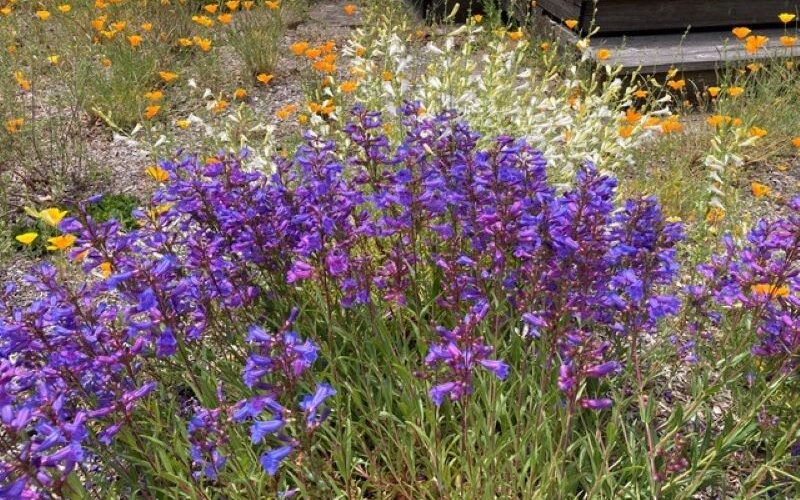
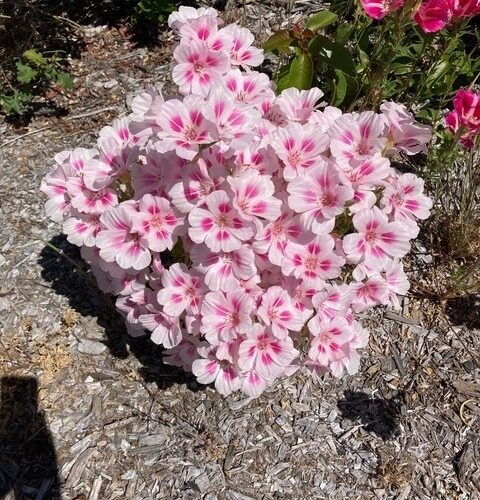
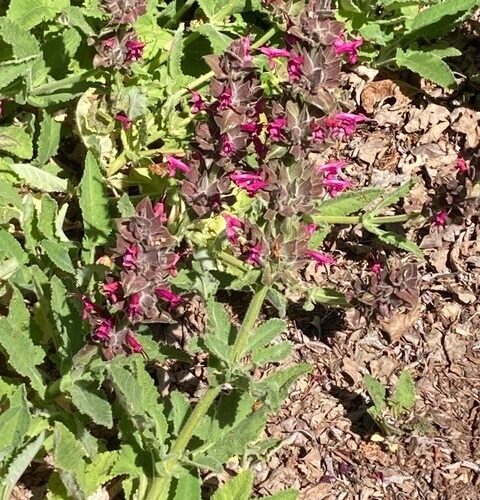


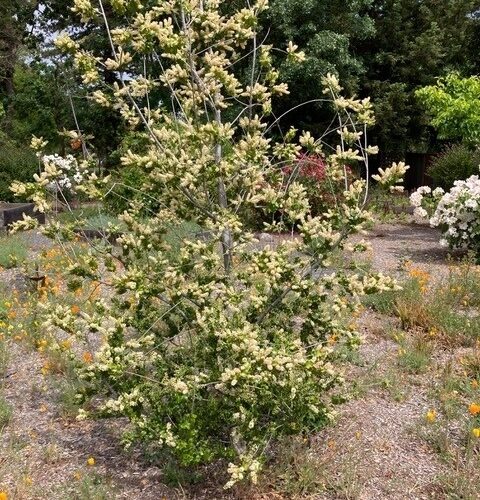



Plants in this Garden
Favorite Plants
California fuchsia
Salt bush (Atriplex)
also called Quail bus (finches like to eat the leaves).
Spring Clarkia
Also known as Farewell to Spring.
Favorite Garden Suppliers
Cal Flora Nursery
2990 Somers Street Fulton
California Native Plant Society - Milo Baker Chapter (Fall Plant Sale)
2990 Somers Street Fulton
Great plant selection at affordable prices. Check their website for more information!
